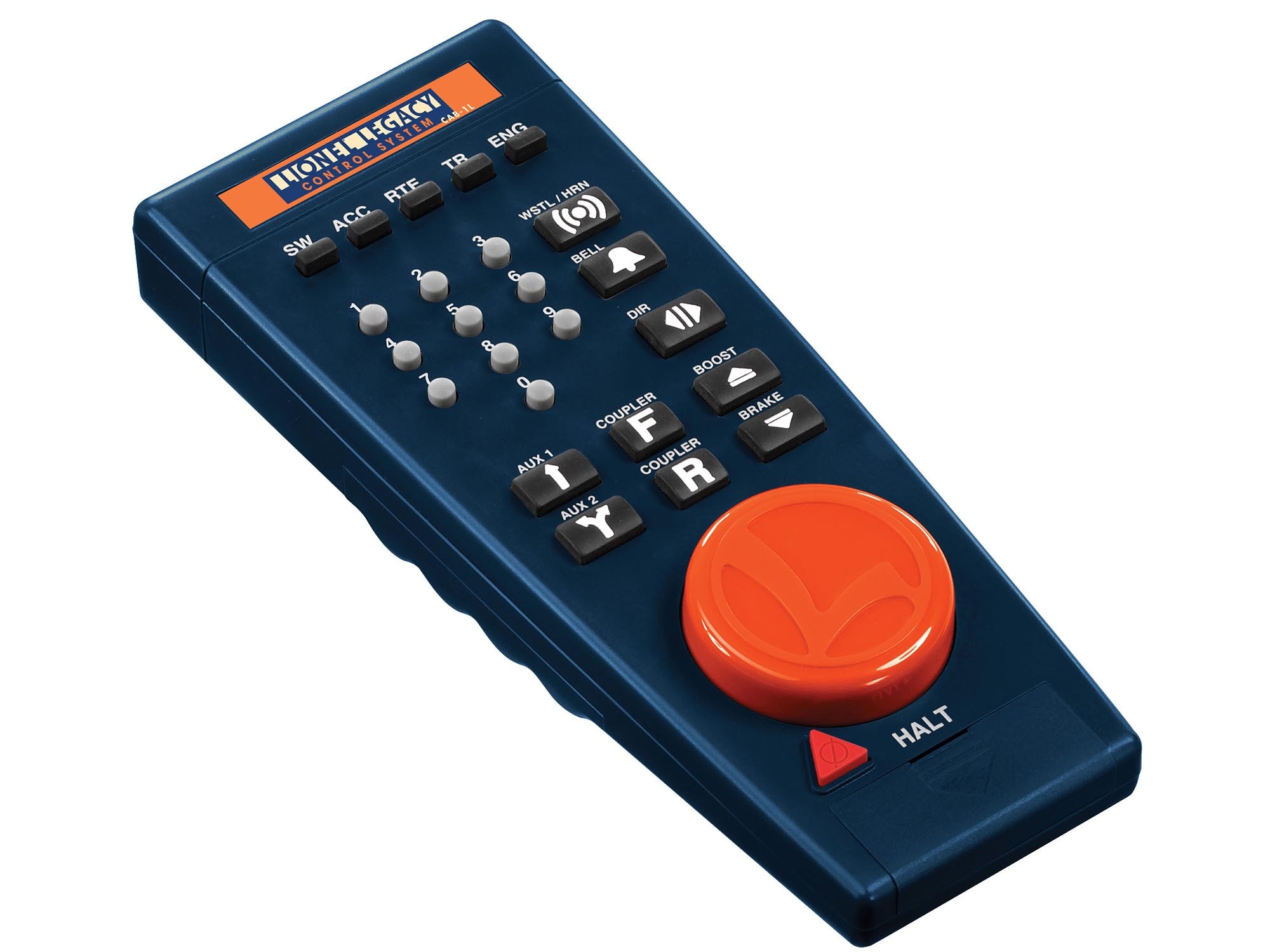This is my first post ever with OGR. I was really into model railroading in the 1970s. Then life happened and I got busy with other things. All of my train equipment that I had at the time was sold or thrown out. Fast forward to 2021 - this past August I got back into the hobby at a feverish pitch and I am super excited to move forward. It has been a steep learning curve for me because so much has changed since the 1970s, but I am enjoying every minute of it!
I am working on building my collection again. I use only Lionel Fastrack (031 and 036) and I have two Lionel LW transformers that have been serviced and modified internally by professionals to be TMCC/Legacy protected. Right now I only have one locomotive to my name - a postwar 1953 Lionel 736 Berkshire with Magne-Traction along with a 2046W Tender. I absolutely love it. It runs so smoothly and I can actually run it quite slowly with lots of freight cars or lighted passenger cars in tow and it just chugs along nicely. It obviously does not have the cruise function you might find in a CAN motor system, but it just runs so tranquilly down the track.
Through my visits to local model railroading clubs recently, I have witnessed the new CAN motors in operation and I love what I see. I am looking to buy a brand new diesel locomotive and I am interested in the Lionel Legacy line of diesels.
My questions:
1) I want a GP30/GP35/GP38 style diesel that has 2 CAN motors, traction tires, and can function on 031 or 036 curves at the most. I realize the Legacy diesels come loaded with tons of great electronic features. Can anyone give me some suggestions or guidance in terms of major things to consider when buying a new Lionel Legacy diesel locomotive?
2) I also am interested in the Lionel #990 Legacy Command Set. But here is the twist - I will want to run both the postwar 736 Berkshire as well as the brand new Legacy diesel with the #990. What will I need to consider in order to be able to run the 736 Berkshire with the #990? I am told it can be done, but few people seem to know the details in terms of how.





